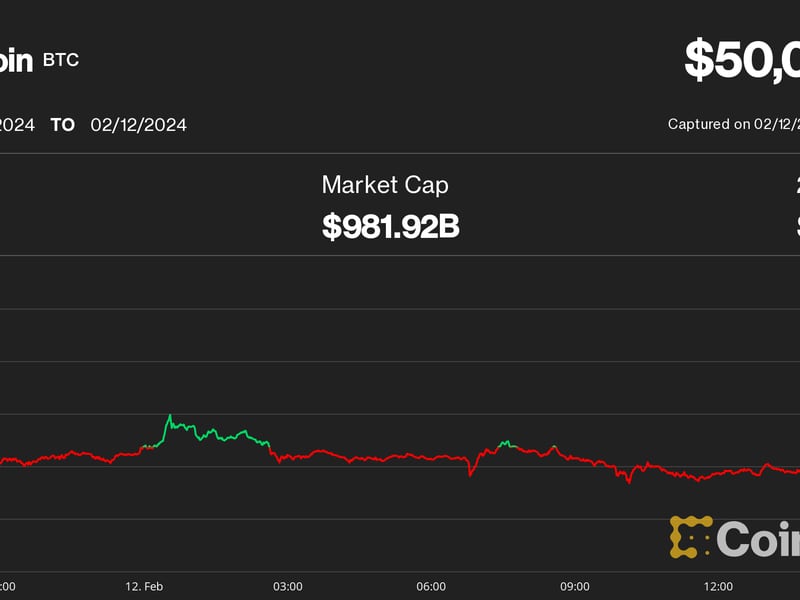PayPal’s Stablecoin Hits $1B Market Cap as Incentives Boost Activity on Solana
-
PayPal’s PYUSD reached $1 billion in supply, per CoinMarketCap data.
-
The stablecoin benefited from its expansion to the bustling Solana ecosystem, with its supply on the network already surpassing that on the Ethereum blockchain.
-
Yield incentives on DeFi protocols played a “huge role” in the growth, 21.co’s Tom Wan said.
Payments giant PayPal’s (PYPL) stablecoin PYUSD surpassed the $1 billion mark in market capitalization last week, CoinMarketCap shows.
Issued in conjunction with fintech company Paxos, PYUSD achieved this milestone as it more than doubled its supply since June.
Despite the broader crypto markets cooling off during the summer doldrums, PYUSD user activity also surged. Monthly active wallet addresses topped 25,000 in July, up from 9,400 in May, according to Visa’s stablecoin dashboard created with Alluvium.
:format(jpg)/cloudfront-us-east-1.images.arcpublishing.com/coindesk/S4IM6J6CZJGGTFFIHXC3522QSM.png)
PayPal’s entrance to stablecoins was touted as a “watershed” moment for the broader crypto industry last year, as observers envisioned the token to eventually compete with stablecoin giants Circle’s USDC and Tether’s USDT. However, early enthusiasm faded as the token’s growth fizzled out on the Ethereum (ETH) network. Then came PYUSD’s expansion to the Solana (SOL) network at the end of May.
The token’s supply on Solana went to $650 million from zero in three months, and is already larger than on Ethereum. Over the past month, PYUSD supply on Solana grew by 171% and is rapidly closing in on Tether’s USDT on the network, DefiLlama data shows.
“Incentives play a huge role” in PYUSD’s recent growth, said Tom Wan, business development and strategy associate at digital asset investment product firm 21.co. Integrations with decentralized finance (DeFi) protocols also helped, he added.
Solana-based protocols Kamino, Drift and Marginfi all introduced boosted rewards for PYUSD deposits, offering double-digit annualized yields for token holders. Most recently, crypto custody firm Anchorage Digital also introduced rewards for PYUSD deposits to institutions last week.
However, concerns linger about how sustainable PYUSD’s growth will be if incentives phase out.
“My sense is that these incentives are not sustainable, but they are not designed to be permanent,” David Shuttleworth, partner at research firm Anagram, told CoinDesk. “Part of the idea here is to get more PYUSD into circulation and get users, especially new ones, on-chain and active on the Solana ecosystem.”
Edited by Stephen Alpher.
Disclosure
Please note that our
privacy policy,
terms of use,
cookies,
and
do not sell my personal information
has been updated
.
CoinDesk is an
award-winning
media outlet that covers the cryptocurrency industry. Its journalists abide by a
strict set of editorial policies.
In November 2023
, CoinDesk was acquired
by the Bullish group, owner of
Bullish,
a regulated, digital assets exchange. The Bullish group is majority-owned by
Block.one; both companies have
interests
in a variety of blockchain and digital asset businesses and significant holdings of digital assets, including bitcoin.
CoinDesk operates as an independent subsidiary with an editorial committee to protect journalistic independence. CoinDesk employees, including journalists, may receive options in the Bullish group as part of their compensation.
:format(jpg)/s3.amazonaws.com/arc-authors/coindesk/8b1395a8-12af-4705-9fe5-b862b248250d.png)









